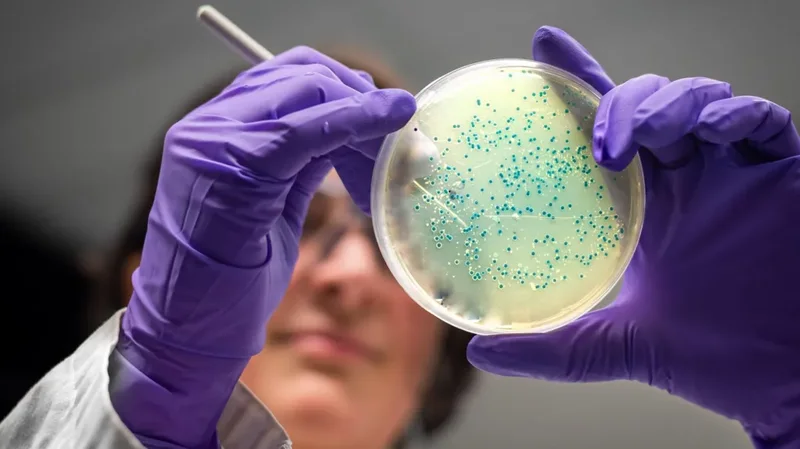
Artificial intelligence creates antibiotics for gonorrhea and MRSA superbugs


Artificial intelligence has invented two potential new antibiotics that could kill drug-resistant gonorrhoea and MRSA, researchers have revealed. The drugs were designed atom by atom by artificial intelligence and killed the superbugs in laboratory tests and on animals.
Both ingredients still need years of refinement and clinical trials before they can be prescribed.
But the Massachusetts Institute of Technology (MIT) team behind it says artificial intelligence could usher in a "second golden age" in antibiotic discovery.
Antibiotics kill bacteria, but infections that resist treatment are now causing more than a million deaths a year. Overuse of antibiotics has helped bacteria evolve to avoid the drugs' effects, and there has been a shortage of new antibiotics for decades.
Researchers have previously used artificial intelligence to screen thousands of known chemicals in an attempt to identify those that have the potential to become new antibiotics.
Now, the MIT team has gone a step further by using generative artificial intelligence to design antibiotics primarily for the sexually transmitted infection gonorrhea and for the potentially deadly MRSA (methicillin-resistant Staphylococcus aureus).
Their study, published in the journal Cell, examined 36 million compounds, including those that either don't exist or haven't been discovered yet. The scientists trained the artificial intelligence by giving it the chemical structure of known compounds, along with data on whether they slow the growth of different species of bacteria.
Artificial Intelligence then learns how bacteria are affected by different molecular structures, built from atoms such as carbon, oxygen, hydrogen and nitrogen.
Two approaches were then tried to design new antibiotics with artificial intelligence. The first identified a promising starting point by searching a library of millions of chemical fragments, ranging in size from eight to 19 atoms, and building from there. The second gave the artificial intelligence free rein from the start.
The design process also removed anything that looked too similar to current antibiotics. It also tried to make sure they were inventing medicine instead of soap, and filtered out anything that was predicted to be toxic to humans.
Scientists used artificial intelligence to create antibiotics for gonorrhea and MRSA, a type of bacteria that lives harmlessly on the skin but can cause a serious infection if it enters the body.
Once produced, the lead models were tested on bacteria in the laboratory and in infected mice, resulting in two potential new drugs.

The Ukraine summit that ignored the tough questions
ideas
top
Alfa recipes
TRENDING 
services
- POLICE129
- STREET POLICE126
- AMBULANCE112
- FIREFIGHTER128



























